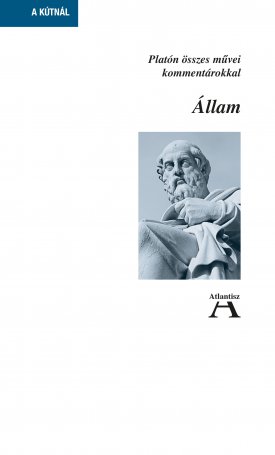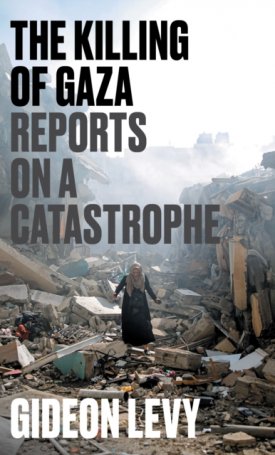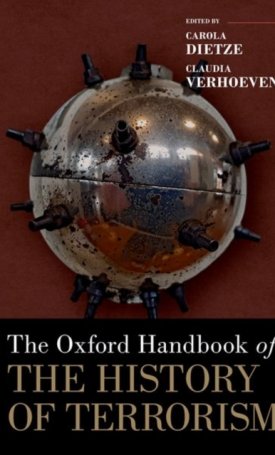Introduction to International Relations - Theory and Practice
Introduction to International Relations - Theory and Practice
How do we understand international relations in a globalized world? This clear and concise text takes as its starting point the theoretical frameworks that are the foundation of current IR. Joyce P. Kaufman explains and contextualizes the traditional theories, highlighting both their strengths and weaknesses. Her levels-of-analysis approach provides students with the basic tools for a more inclusive understanding of international politics by not forcing them to choose between competing theories. Instead, in a refreshing alternative to most of the current introductory-level texts, the book allows readers to view the globe as a complex place of multiple actors facing multiple issues. It concludes with cases of current events that will help students apply theories to real-world issues.
Contents:
Chapter 1: International Relations in a Globalized World
Chapter 2: Theoretical Overview
Chapter 3: The Nation-State Level
Chapter 4: Within the Nation-State
Chapter 5: Nonstate Actors and the International System
Chapter 6: Pulling It All Together
Author:
Joyce P. Kaufman is professor of political science and director of the Center for Engagement with Communities at Whittier College.
Reviews:
Introduction to International Relations is a textbook suitable for an introductory international relations course. The author begins the first chapter by describing the different levels of analysis and concludes by defining globalization and noting how it impacts the study of international relations. In chapter 2 the main international relations theories (i.e., realism, liberalism, constructivism, Marxism, and feminism) and their variants are introduced. The author does a good job of describing and providing critiques of each theory. Chapter 3 explains the state level including the Treaty of Westphalia, balance of power and alliances, national interest, war, and peace. Actions inside of states are the focus of chapter 4, which includes an explanation of government, culture, ethnic conflict, and the role of the individual. Nonstate actors are examined in chapter 5, including intergovernmental organizations (with emphasis on the UN, NATO, International Monetary Fund, World Bank, and the EU), NGOs, and multinational corporations. The final chapter seeks to provide real-world examples of the key concepts and issues inherent in international relations by examining how states in the system can solve problems concerning the environment, human rights, and immigration. Summing Up: Recommended. Lower-division undergraduate collections.
— CHOICE
Joyce Kaufman`s Introduction to International Relations: Theory and Practice is an excellent choice for the introductory classroom. In an invigorating approach to IR, it provides students with the concepts they need to understand the world around them while not limiting them to one perspective.
— Eric K. Leonard, Henkel Family Chair in International Affairs, Shenandoah University
















